-
 Bitcoin
Bitcoin $117500
-0.28% -
 Ethereum
Ethereum $3558
0.05% -
 XRP
XRP $3.392
-1.64% -
 Tether USDt
Tether USDt $1.000
-0.04% -
 BNB
BNB $728.3
-0.65% -
 Solana
Solana $175.4
-0.82% -
 USDC
USDC $0.9998
-0.01% -
 Dogecoin
Dogecoin $0.2398
1.83% -
 TRON
TRON $0.3179
-2.38% -
 Cardano
Cardano $0.8204
-0.07% -
 Hyperliquid
Hyperliquid $44.07
-0.62% -
 Stellar
Stellar $0.4581
-1.03% -
 Sui
Sui $3.790
0.35% -
 Chainlink
Chainlink $18.16
1.68% -
 Hedera
Hedera $0.2643
-0.28% -
 Avalanche
Avalanche $24.22
2.25% -
 Bitcoin Cash
Bitcoin Cash $512.2
-0.43% -
 Shiba Inu
Shiba Inu $0.00001479
0.54% -
 Litecoin
Litecoin $111.1
8.86% -
 UNUS SED LEO
UNUS SED LEO $8.986
0.08% -
 Toncoin
Toncoin $3.194
-0.68% -
 Polkadot
Polkadot $4.337
1.87% -
 Uniswap
Uniswap $10.02
-1.95% -
 Monero
Monero $321.7
1.05% -
 Ethena USDe
Ethena USDe $1.001
-0.04% -
 Bitget Token
Bitget Token $4.870
0.73% -
 Pepe
Pepe $0.00001325
1.35% -
 Dai
Dai $0.9999
0.00% -
 Aave
Aave $314.1
-2.09% -
 Cronos
Cronos $0.1203
1.58%
What is wash trading in NFTs?
Wash trading in NFTs involves fake sales between owned wallets to inflate prices and volume, misleading investors and distorting market value.
Jul 10, 2025 at 09:49 am
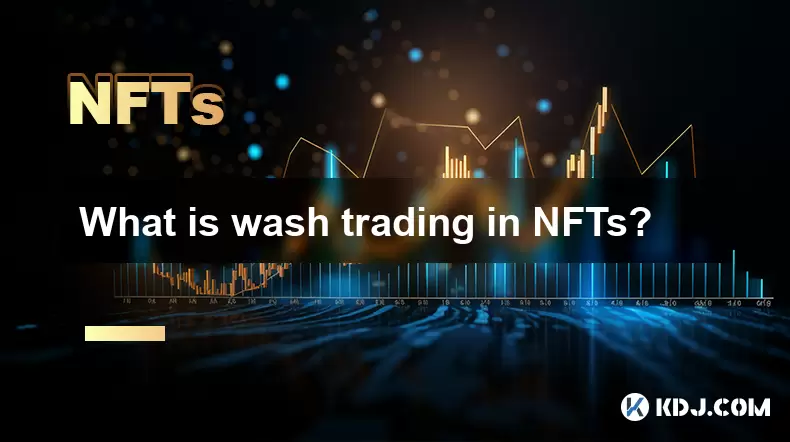
Understanding Wash Trading in the NFT Space
Wash trading is a deceptive practice that has made its way into the non-fungible token (NFT) market. In simple terms, wash trading refers to a scenario where an individual or group artificially inflates trading volume by buying and selling assets to themselves. This creates the illusion of high demand and activity around specific NFTs or collections.
The concept isn't new — it's been prevalent in traditional financial markets for decades. However, with the rise of decentralized platforms and the lack of stringent regulations in the NFT space, wash trading has become increasingly common. Traders engage in this behavior to manipulate data feeds, mislead investors, and sometimes even boost their own rankings on NFT analytics platforms.
How Does Wash Trading Work in NFTs?
In the context of NFTs, wash trading typically involves using multiple wallets controlled by the same entity. Here’s how it works:
- A trader mints an NFT and lists it for sale on a marketplace like OpenSea.
- Using another wallet they control, they purchase the NFT at a higher price.
- They may repeat this process several times, each time increasing the listed price.
- The result is a misleading chart showing rising prices and increased sales volume.
This kind of manipulation can trick other collectors or investors into believing the NFT has real value or growing interest. Some traders also use flash loans or cross-chain transactions to obscure the trail and make wash trades harder to detect.
Why Do People Engage in Wash Trading NFTs?
There are several motivations behind engaging in wash trading within the NFT ecosystem:
- Boosting visibility: High-volume NFTs often appear on trending lists or featured sections of marketplaces.
- Manipulating floor prices: By repeatedly purchasing NFTs from the same collection, traders can inflate the floor price.
- Gaining rewards: Some platforms offer incentives based on trading volume, which can be exploited through wash trading.
- Creating hype: Artificially inflated metrics can attract attention from buyers who FOMO (fear of missing out) into purchases.
Because many NFT platforms rely heavily on publicly visible statistics like volume and floor price, these numbers can easily be manipulated without oversight.
How Can You Identify Wash Trading in NFTs?
Detecting wash trading requires some level of analysis and understanding of blockchain data. Here are key indicators to look for:
- Repeated transactions between the same wallets: If you notice two or more wallets consistently buying and selling from each other, it could signal wash trading.
- Sudden spikes in volume without real buyer diversity: Check the list of unique buyers over time. If most purchases come from a small set of addresses, caution is warranted.
- Rapid price increases followed by stagnation: A sudden jump in price not followed by continued interest might suggest artificial inflation.
- Use of analytics tools: Platforms like DappRadar or CryptoSlam! provide insights into transaction patterns that may reveal suspicious behavior.
Some NFT marketplaces have started implementing detection mechanisms, but the transparency of blockchain means users can also perform their own investigations using explorers like Etherscan or OpenSea's transaction history.
The Impact of Wash Trading on the NFT Market
Wash trading distorts market signals and undermines trust in the NFT ecosystem. When volume and price data are unreliable, it becomes difficult for genuine creators and collectors to assess true value. This can lead to:
- Misallocation of capital, where buyers invest in projects based on false metrics.
- Erosion of platform credibility, especially if a marketplace fails to address known wash trading activities.
- Discouragement of authentic creators, who may feel overshadowed by manipulative tactics.
Moreover, wash trading can affect rankings on leaderboards and influencer charts, giving unfair advantages to those willing to game the system rather than create meaningful digital art or collectibles.
Protecting Yourself From Wash Trading Scams
To avoid falling victim to wash trading, consider the following steps:
- Research wallet histories: Look up the wallets involved in recent sales. Are they linked? Have they traded among themselves before?
- Check for unusual transaction frequency: A single NFT being sold multiple times in a short period should raise red flags.
- Verify community engagement: Legitimate projects usually have active communities across Discord, Twitter, and Telegram.
- Use third-party verification tools: Tools like Rarity.tools or OpenSea filters can help identify potentially suspicious activity.
- Avoid chasing trends blindly: Just because an NFT appears popular doesn’t mean it’s a safe investment.
By staying vigilant and performing due diligence, you can better protect yourself from schemes designed to exploit naive buyers.
Frequently Asked Questions
Q: Is wash trading illegal in the NFT space?
A: While wash trading is considered unethical and violates the terms of service of many platforms, its legal status varies depending on jurisdiction. In traditional finance, it is often illegal, but in crypto and NFTs, enforcement remains minimal.
Q: Can smart contracts prevent wash trading?
A: Smart contracts alone cannot stop wash trading since they execute transactions as programmed. However, some protocols are experimenting with anti-wash mechanisms, such as limiting self-transfers or analyzing on-chain behavior for suspicious patterns.
Q: How do NFT marketplaces respond to wash trading?
A: Responses vary. Some platforms actively monitor and penalize accounts found guilty of wash trading, while others take a hands-off approach. OpenSea and LooksRare have both faced criticism for allowing large volumes of wash trades to go unchecked.
Q: Are all high-volume NFTs the result of wash trading?
A: No. Many NFT collections experience organic growth and genuine demand. However, not all high volume can be trusted at face value, so it's essential to dig deeper into the underlying data before making decisions.
Disclaimer:info@kdj.com
The information provided is not trading advice. kdj.com does not assume any responsibility for any investments made based on the information provided in this article. Cryptocurrencies are highly volatile and it is highly recommended that you invest with caution after thorough research!
If you believe that the content used on this website infringes your copyright, please contact us immediately (info@kdj.com) and we will delete it promptly.
- SUI Altcoin: Primed for Potential 100x Gains?
- 2025-07-20 04:50:12
- Bitcoin Halving, Macro Drivers, and Tim Draper: A Perfect Storm?
- 2025-07-20 05:30:12
- Panicked, Child, Swallowed Coin: A Parent's Worst Nightmare (and What to Do)
- 2025-07-20 04:35:12
- Binance Coin (BNB) Price Prediction: Resistance Break Signals Bullish Momentum
- 2025-07-20 05:30:12
- XRP Soars to Seven-Year High: Is This the Real Deal?
- 2025-07-20 05:50:12
- WLFI Token Tradability: World Liberty Finance's Bold Move Under Trump's Crypto Wing
- 2025-07-20 04:50:12
Related knowledge
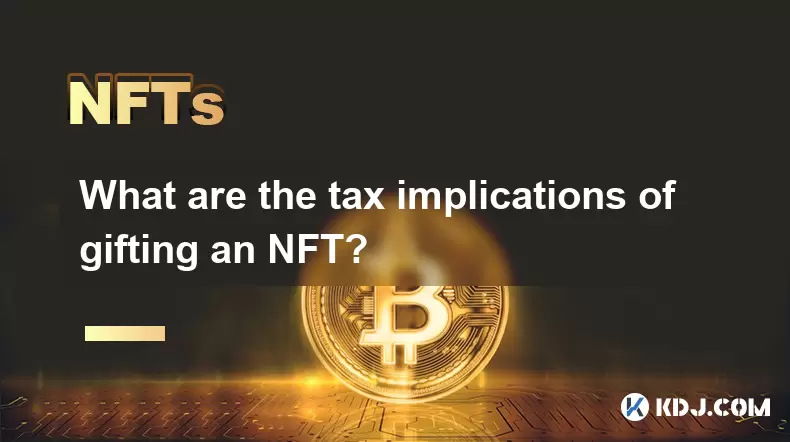
What are the tax implications of gifting an NFT?
Jul 19,2025 at 04:21am
Understanding the Basics of NFT GiftingGifting a Non-Fungible Token (NFT) involves transferring ownership from one individual to another without recei...
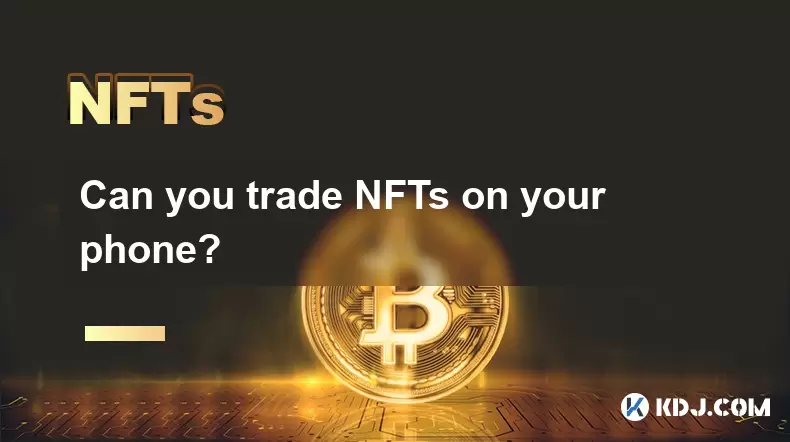
Can you trade NFTs on your phone?
Jul 18,2025 at 04:29am
Trading NFTs on Mobile DevicesYes, you can trade NFTs on your phone, and the process has become increasingly streamlined thanks to a variety of mobile...
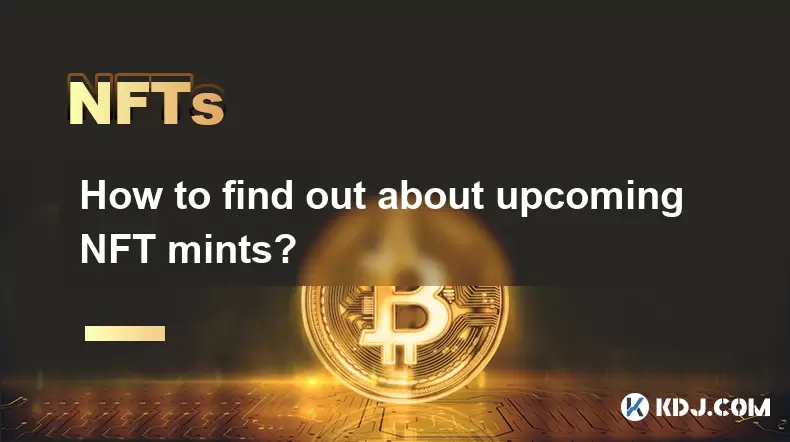
How to find out about upcoming NFT mints?
Jul 18,2025 at 11:50am
Exploring NFT Minting OpportunitiesUnderstanding the landscape of upcoming NFT mints is crucial for collectors, investors, and creators who wish to st...
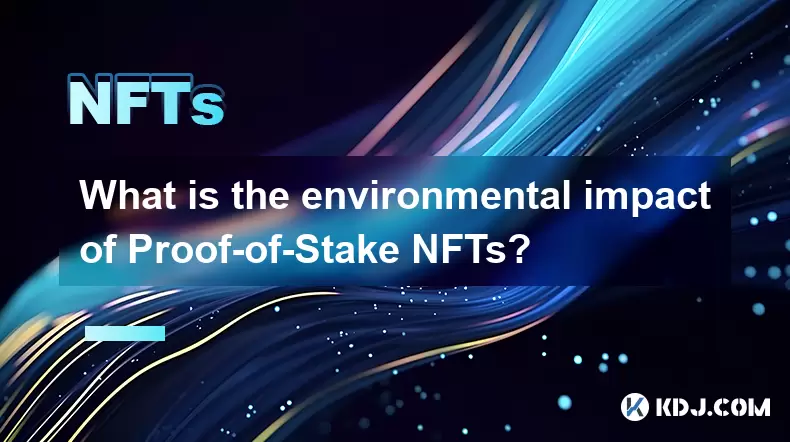
What is the environmental impact of Proof-of-Stake NFTs?
Jul 17,2025 at 07:14pm
Understanding the Basics of Proof-of-Stake NFTsProof-of-Stake (PoS) is a consensus mechanism used by blockchain networks to validate transactions and ...
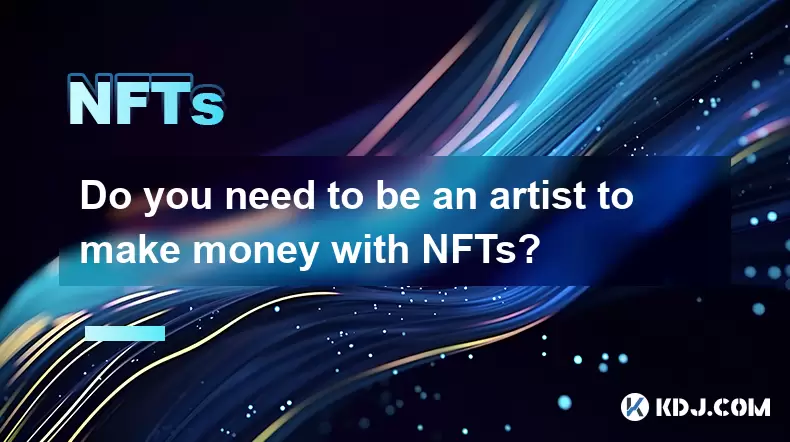
Do you need to be an artist to make money with NFTs?
Jul 19,2025 at 06:35am
Understanding the Role of Art in NFTsThe non-fungible token (NFT) market has grown rapidly, offering various opportunities for creators and investors....
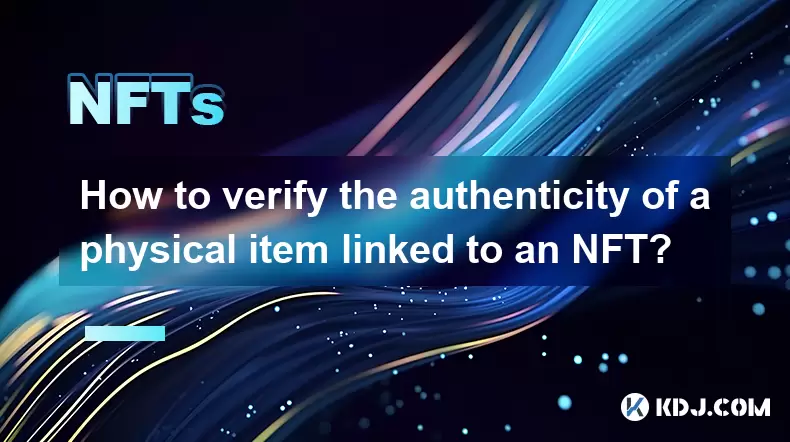
How to verify the authenticity of a physical item linked to an NFT?
Jul 18,2025 at 03:07pm
Understanding the Link Between NFTs and Physical ItemsWhen an NFT is linked to a physical item, it essentially acts as a digital certificate of owners...

What are the tax implications of gifting an NFT?
Jul 19,2025 at 04:21am
Understanding the Basics of NFT GiftingGifting a Non-Fungible Token (NFT) involves transferring ownership from one individual to another without recei...

Can you trade NFTs on your phone?
Jul 18,2025 at 04:29am
Trading NFTs on Mobile DevicesYes, you can trade NFTs on your phone, and the process has become increasingly streamlined thanks to a variety of mobile...

How to find out about upcoming NFT mints?
Jul 18,2025 at 11:50am
Exploring NFT Minting OpportunitiesUnderstanding the landscape of upcoming NFT mints is crucial for collectors, investors, and creators who wish to st...

What is the environmental impact of Proof-of-Stake NFTs?
Jul 17,2025 at 07:14pm
Understanding the Basics of Proof-of-Stake NFTsProof-of-Stake (PoS) is a consensus mechanism used by blockchain networks to validate transactions and ...

Do you need to be an artist to make money with NFTs?
Jul 19,2025 at 06:35am
Understanding the Role of Art in NFTsThe non-fungible token (NFT) market has grown rapidly, offering various opportunities for creators and investors....

How to verify the authenticity of a physical item linked to an NFT?
Jul 18,2025 at 03:07pm
Understanding the Link Between NFTs and Physical ItemsWhen an NFT is linked to a physical item, it essentially acts as a digital certificate of owners...
See all articles

























































































